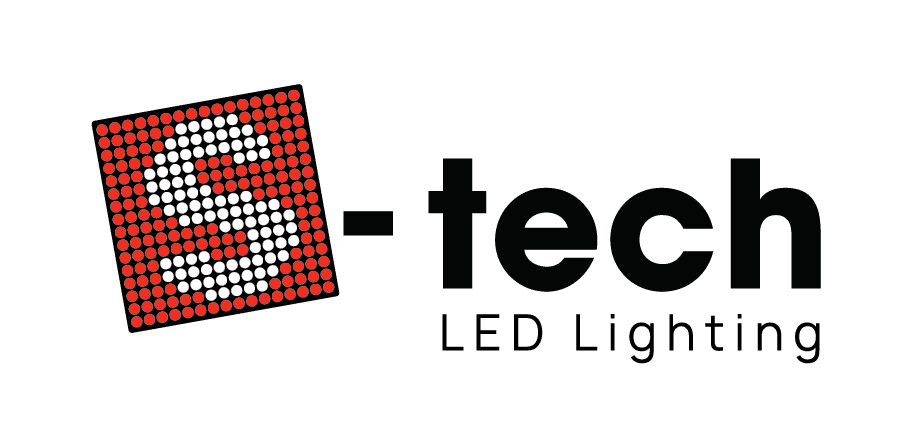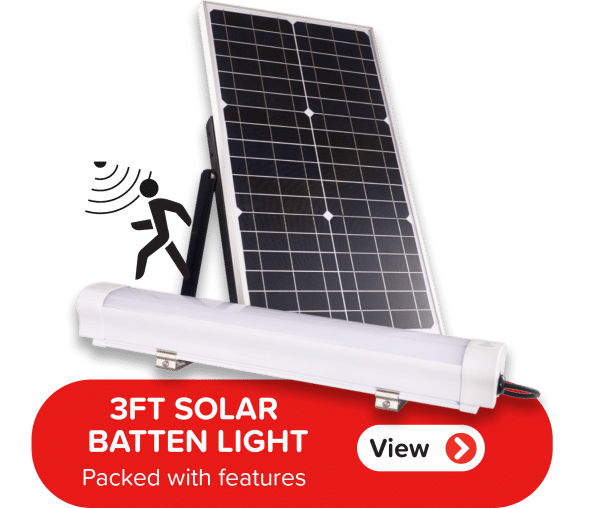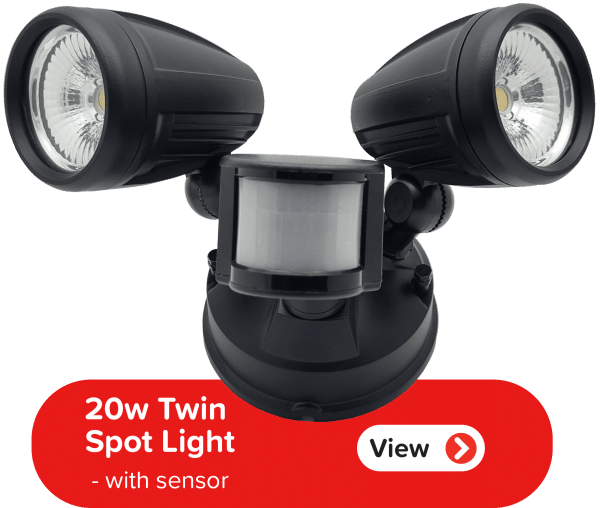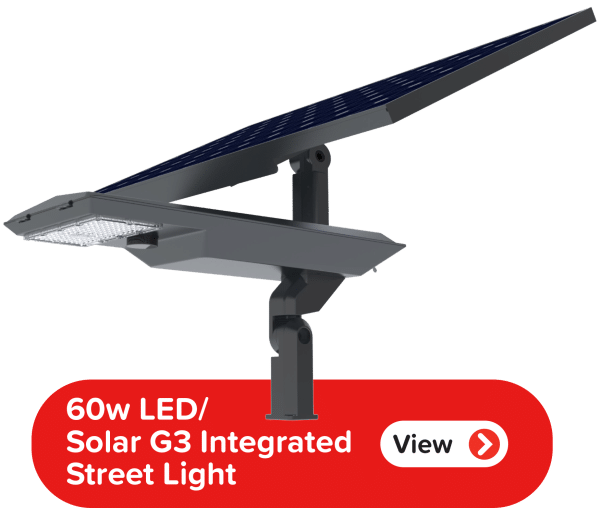Popular Products
Who we are
We’re the Brightest of the Bunch
At S-Tech, our commitment is to deliver superior products and exceptional service to our distributors and electrical wholesalers. With a reputable history that spans over three decades, we have firmly established ourselves as a trusted authority in the fields of LED Lighting and Solar Products. We’re a bunch of technical LED experts. As proud members of the Australian Standards Committees for LED technology, we continuously demonstrate our dedication to advancing industry standards.
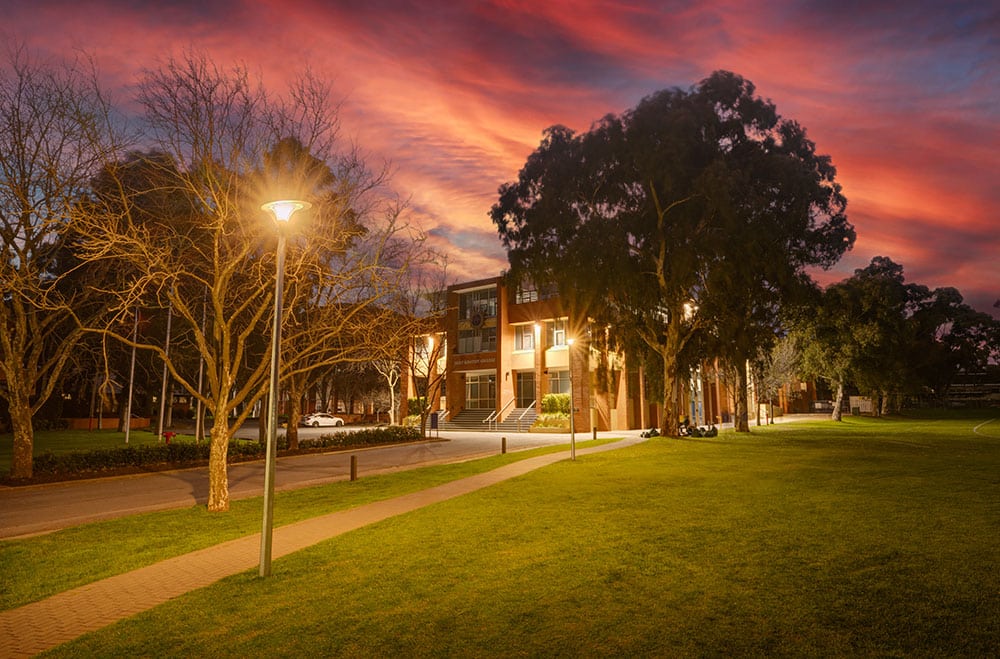
Frequently asked questions
Where can I buy S-Tech LEDs?
You can easily purchase S-Tech products from our extensive network of distributors across Australia, or by visiting your local electrical wholesaler. We’re delighted to deliver S-Tech products that are made with unwavering dedication to delivering the highest quality LED products at the most competitive prices.
As the manufacturer, we do not directly sell to trade customers. Instead, we encourage you to reach out to your nearest electrical wholesaler or consult the provided distributor lists via this link: Where to Buy. These partners will offer our products with exceptional value and convenience.
What are the benefits of LED lighting in commercial and industrial settings?
LED lighting is a highly energy-efficient method of lighting, and increased efficiency means reduced electricity costs. Additionally, LEDs boast a long lifespan, which means maintenance expenses are reduced. This results in substantial cost savings for businesses.
LED lights provide superior illumination quality, enhancing visibility and safety. Many LEDs are dimmable for flexibility. Customisation options and smart LED lighting systems enable tailored solutions for businesses.
LEDs are eco-friendly; they align with sustainability goals and often qualify for incentives.
Overall, LEDs enhance operational efficiency, reduce costs, and contribute to a sustainable environment.
What types of LED lighting solutions does S-Tech offer for commercial and industrial applications?
We offer a comprehensive range of LED lighting solutions tailored for commercial and industrial applications. Our extensive range includes the following:
- LED Downlights: Ideal for offices, retail spaces, and hospitality venues, providing energy-efficient and aesthetically pleasing lighting.
- LED High Bays: Suited for warehouses, factories, and industrial facilities with high ceilings, delivering efficient and uniform lighting.
- LED Tube Lights: Versatile lighting solutions for various settings, including offices, retail, and industrial spaces.
We are proud
members of




